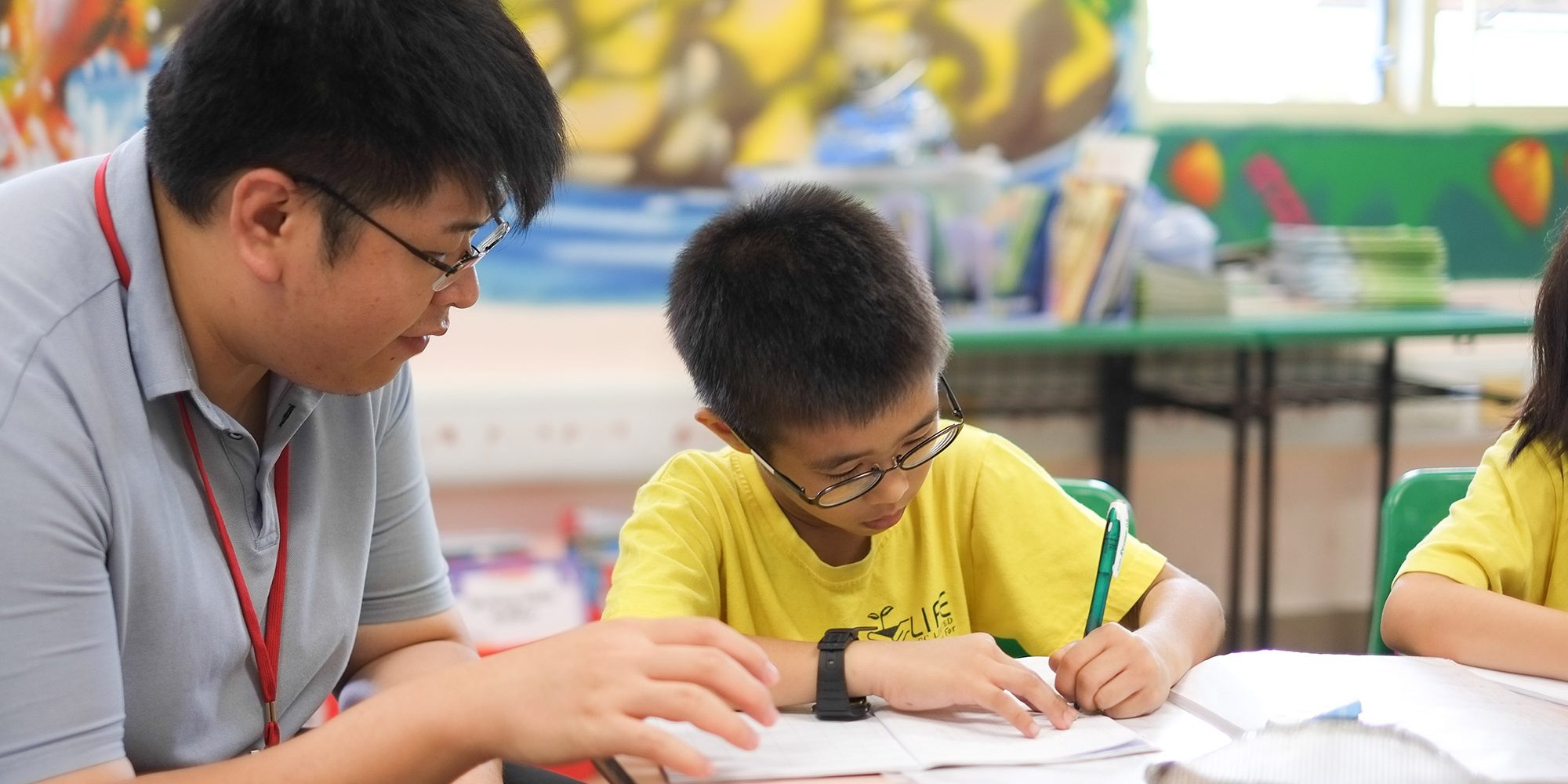by Brisbane Tutor Justin Clark
Stages of the Reading Development Process
Readers go through three stages of the reading development process – as they develop word recognition abilities. In the first stage they develop a beginning knowledge of the nature of written language and its relationship to speech. They learn how print functions, the letters of the alphabet and learn that it can tell stories, inform, direct and so on.
Stage One of the Reading Development Process – Phonological Awareness
During this stage, children also learn that spoken words can be broken down into phonemes, which are individual units of sound. This is a key insight for learning the relationships between letters and sounds. Children who do not have phonological awareness tend to develop reading problems during the prep to first grade years. These problems can persist throughout their schooling.
The four aspects of written language are awareness of phonemes, functions, conventions and forms of print form the basis on which reading knowledge is built. Children who lack any of these concepts can have difficulty in learning to read, which is magnified as they progress through the grades.
Stage Two of the Reading Development Process – Decoding
In the second stage, children learn to accurately decode words. The emphasis is on the accurate decoding of words, acquiring knowledge of words and of sound-symbol correspondence. As children develop phonological awareness, they begin to use some partial sound information in the word, such as the initial or final sound. Efficient word recognition is dependent on more complete knowledge of sound and symbols.
Stage Three of the Reading Development Process – Automaticity
The final stage is the automaticity stage. At this point, children begin to develop automatic word recognition so that the process of recognising words is transparent and the reader can concentrate fully on what they are reading. When we devote a lot of energy to word recognition, this takes away the cognitive resources needed to comprehend what we are reading. As a result, slow word recognition interferes with comprehension and also hampers reading engagement and enjoyment of what children might be reading.
As children are exposed to more and more words and their patterns, they build up a network of relationships among letters. This network contains our knowledge of which letters typically appear with others. For example, we know that ‘t’ and ‘h’ typically appear together, as do ‘a’ and ‘t’ and thousands of other patterns. Therefore, when one letter is recognised, it primes other letters in the network, with the strength of priming being related to the probability of the letters co-occuring. An example of this is when ‘t’ is recognised, its priming may spread to ‘h’, ‘a’, ‘n’ and many others, but not to ‘q’ and ‘x’ which rarely co-occur with ‘t’. Exposure to more words of a particular pattern can hasten the development of automaticity.
Balanced Reading Instruction
Preschool
Children should learn a strong print concept, learn the letters of the alphabet and have opportunities to develop phoneme awareness. To encourage learning engagement, children should be immersed in print with a variety of texts so that children who lack exposure to print in their own home will have exposure to quality children’s literature at school. Teachers need to be aware of those children who need more explicit instruction in phoneme awareness.
Year One
Instruction needs to amalgamate different reading approaches depending on the needs of the individual child. Students also need a variety of interesting and engaging texts, both for interest and for practice in reading. Some of these texts might be predictable, where the context supports word recognition through repetition and rhyme. An example of this is ‘Jack and the Flumflum Tree’ by Julia Donaldson. As children are focused on decoding in their text reading, their comprehension growth can be accommodated by the teacher reading aloud to them. Teachers can then model intonation which leads to a richer context as compared to when the child reads independently.
Year Two
With a greater emphasis on fluency, children need to increase the volume of text read and may need to read the same text repeatedly in order to develop automaticity. Teachers also need to continue to read to students to ensure exposure to more complex vocabulary and information as well as more complex story structures. The teacher might begin using chapter books along with picture books in order to accustom children to understand stories with extended plots.
Year Three
The teacher should plan to introduce comprehension strategies such as summarising, questioning, predicting and deriving word meaning from context. Teachers should continue to read aloud to students and also should include vocabulary instruction in providing multiple exposures to each word in varied contexts.
Hope Tutoring – Justin Clarke
Justin Clark from Hope Tutoring is a qualified Queensland teacher who has chosen to specialise in helping children with learning difficulties on a one-on-one basis. If your child is struggling with learning, give Justin a call (0407 407 223) and see if he is able to help your son or daughter or Contact us if you are looking for a Tutor in Brisbane or someone who can do remote tutoring.

Justin Clark Brisbane Learning Difficulties Tutor


